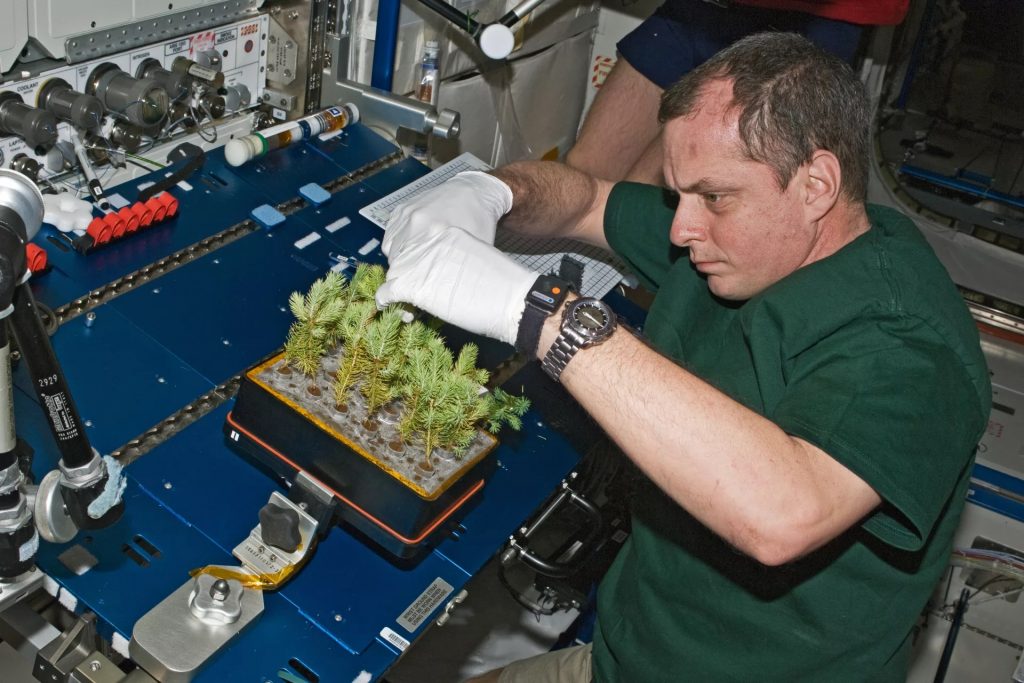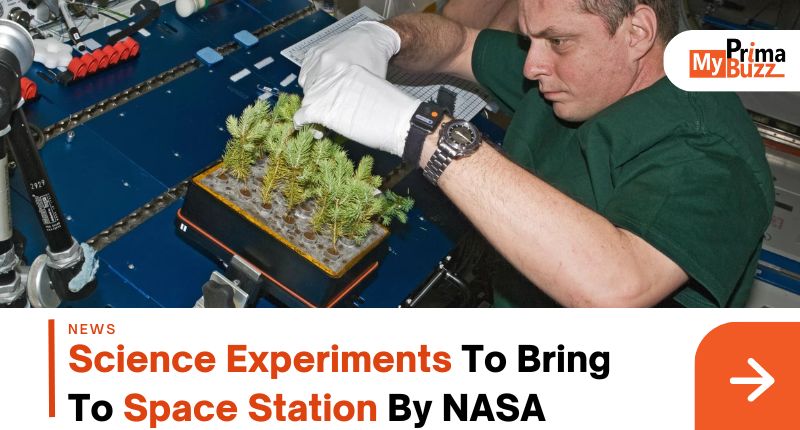NASA‘s 18th Northrop Grumman Commercial Resupply Services mission to the International Space Station conducts science experiments on topics such as plant mutation and mudflow structure, while demonstrating camera technology and small satellites from Japan, Uganda and Zimbabwe. The Cygnus spacecraft, which brought these findings to the orbiting laboratory, is scheduled to launch no earlier than Nov. 6 from the Mid-Atlantic Regional Spaceport at NASA's Wallops Flight Facility in Wallops Island, Virginia.
Science Experiments To Be Conducted in Space As Follow:

The BioFabrication Facility (BFF) successfully printed a partial human knee meniscus and a large number of human heart cells during its first space mission in 2019. The 3D bioprinter tests whether microgravity can print tissue samples of higher quality than those printed on the machine while on the ground. The long-term goal is to use 3D bioprinting to help alleviate organ shortages for patients in need of transplants by printing replacement organs and tissues.
Plants exposed to spaceflight undergo changes that involve adding extra information to their DNA through processes called epigenetic changes. Plant Habitat-03 assessed whether this adaptation of one generation of plants grown in space could be transferred to the next generation. The long-term goal of the investigation is to understand how epigenetics contributes to the adaptive strategies plants use in space in order to develop plants better suited for future missions to provide food and other services.
Climate change and global warming have led to increased rates of wildfires, the cascading effects of which can turn into catastrophic mudslides that carry heavy boulders and debris down mountains, causing major damage to infrastructure, watersheds and human life. The post-wildfire mudflow microstructure (TangoLab Mission-28), sponsored by the International Space Station National Laboratory, assessed the composition of these mudflows, including sand, water and trapped air.
OVOSPACE studies the effects of microgravity on bovine cell cultures as sponsored by NASA and the Italian Space Agency (ASI) and coordinated by ASI on research that could improve fertility treatments on Earth which ultimately help prepare for future human settlement in space.
BIRDS-5 uses commercial off-the-shelf cameras to make multispectral observations of the Earth and demonstrates a high-energy electronic measurement instrument. The statistics collected help distinguish bare land from forest and farmland, and may indicate the quality of agricultural growth.

